
Monasteries and Churches
Kythira Island is a religious island with very historical
monasteries and churches. Know more about.
Temples and Monasteries
There are almost three hundred Byzantine, post-Byzantine and newer churches on the island. Here are the most important. If you would like to visit Byzantine churches and post-Byzantine churches, contact the Byzantine Museum or the Archaeological Museum and ask them to for information. It is also worthwhile to trust a guide with relevant knowledge.
The most important pilgrimage of the island is that of Panagia Myrtidiotissa. The icon of Panagia is the most precious religious heirloom of Kythira. Other pilgrimages are Agia Moni, Agios Ioannis in Kremnos, Agios Elessas and Monastery of Saint Theodorou.
The most important Byzantine temples are Agios Georgios in the Mountain, above Avlemonas, Agios Andreas Church in Livadi, Agios Dimitrios in Purko, Agios Petros in Araios, Agios Nikon in Potamos, Agios Vlassis near the airport and the Agia Varvara in Paleochora.
Several important Byzantine churches are still located in the small ruined castle town of Paliohora (Agios Dimitrios), at the fortress of Kato Chora Mylopotamos, in the wider area of the settlement of Mitata and at the castle of Chora Kythira.
In many of the Byzantine churches, hagiographies of exceptional style are preserved. In Agios Giorgis there is a mosaic with various decorative themes, hunting scenes and Hellenistic meanders. Based on the mosaic we can date the temple to around the 7th century AD.
Despite the Venetian occupation of Kythira for six centuries, Catholicism was not imposed on the inhabitants of the island. The Orthodox Christian faith was preserved and the only Catholic church was that of the Virgin of the Latins in the castle of Chora, which after the end of Venetian domination turned into an Orthodox church dedicated to Panagia Myrtidiotissa.
The younger temples of Kythera have more folklore interest, are used for the ecclesiastics of the inhabitants and are managed by the Holy Metropolis of Kythira and Antikythera.

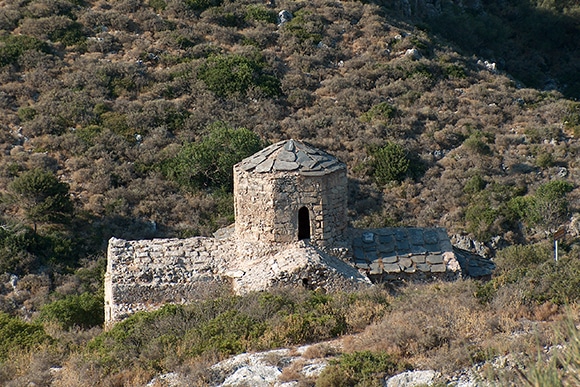
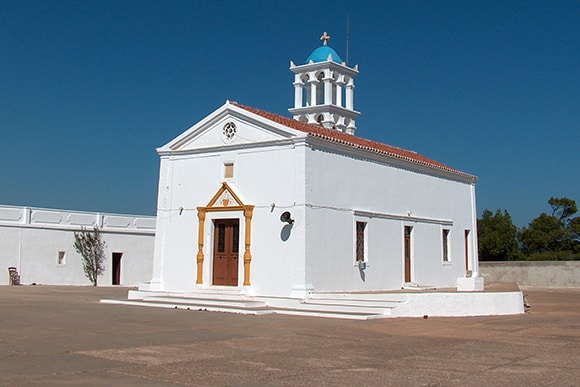


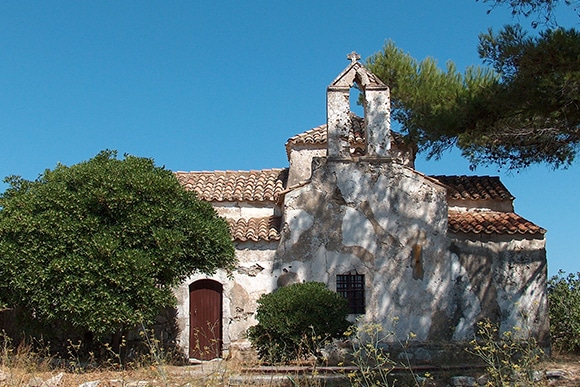
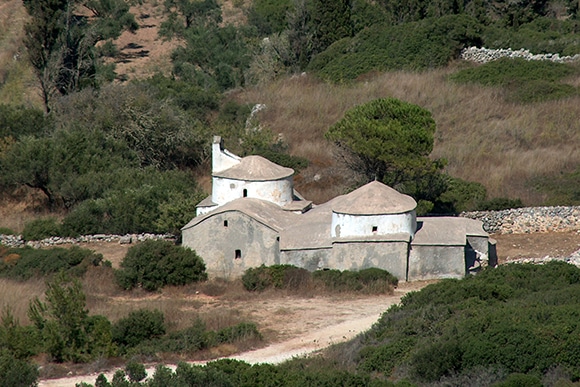

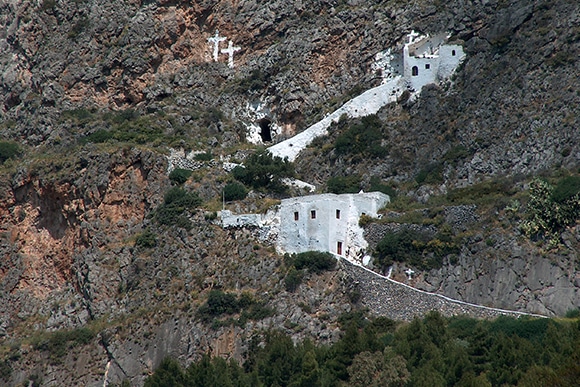
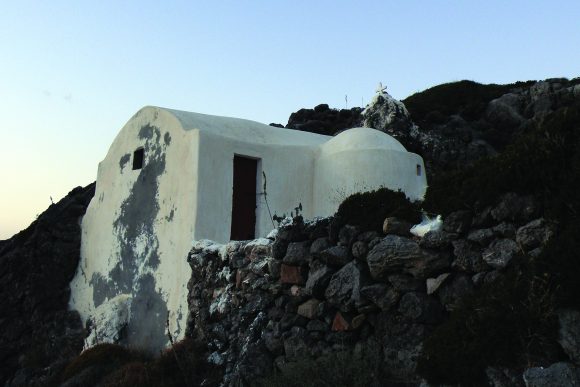


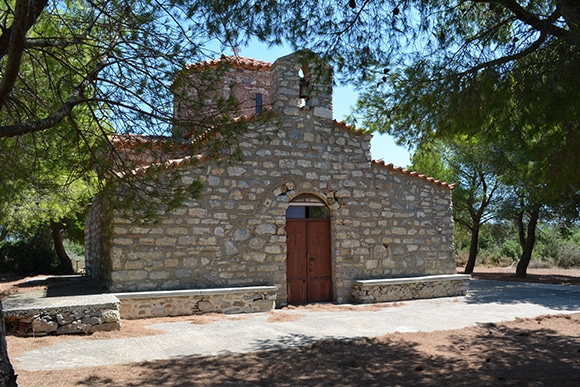

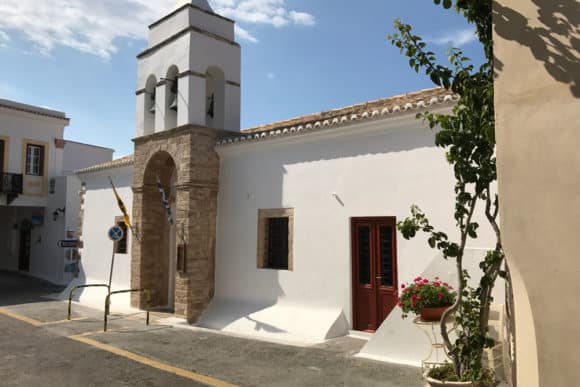




Leave your comment
You must be logged in to post a comment.